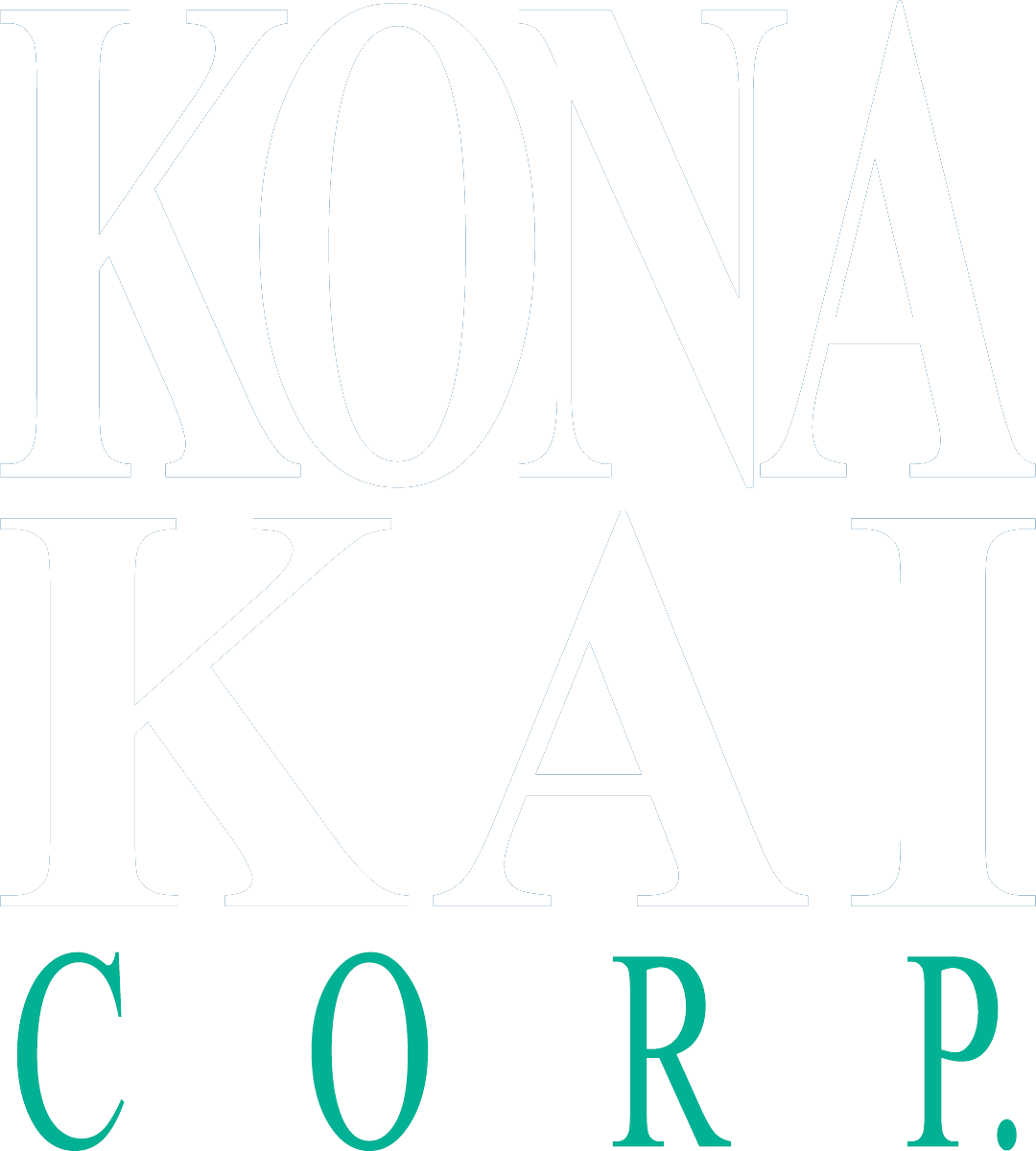How to Make Salesforce Work for You, Not the Other Way Around
Are You Adapting to Salesforce Instead of Making It Work for You?
Salesforce is meant to streamline sales, marketing, and customer service, but too often, companies find themselves adjusting their processes to fit the software rather than the other way around. If your team is frustrated with complex workflows, excessive data entry, or low adoption rates, it’s time to take back control.
In this guide, we’ll explore Salesforce best practices to ensure it works for your business—not against it.
Signs That Salesforce Isn’t Working for You
- Your team struggles with clunky workflows that slow them down.
- Data entry takes too long, reducing productivity.
- Reports and dashboards don’t provide meaningful insights.
- Salesforce adoption is low, with employees relying on spreadsheets or workarounds.
- Your system feels bloated with unnecessary fields, objects, or processes.
How to Make Salesforce Work for You
1. Align Salesforce with Your Business Needs
Salesforce is most effective when it supports your processes, not the other way around. Use standard configurations, such as custom fields, page layouts, and record types, to align Salesforce with your team’s workflow without unnecessary customization.
2. Automate Manual Tasks
Repetitive data entry and follow-ups waste valuable time. That's where
automation comes in. Use Salesforce Flow, OmniStudio, and AI-driven automation to streamline tasks like lead assignments and approvals, improving efficiency without adding complexity.
3. Optimize User Experience
A cluttered and complicated interface leads to frustration.
Use UX best practices. Simplify navigation, remove unnecessary fields, and create intuitive workflows to make Salesforce easier to use, so your team spends less time clicking and more time selling.
4. Improve Reporting and Dashboards
Standard reports often don’t provide the insights leadership needs. Customize dashboards to surface real-time sales metrics, customer trends, and pipeline forecasts, helping teams make data-driven decisions faster.
5. Increase User Adoption with Training & Support
Even the best-configured Salesforce instance won’t work if your team doesn’t use it. Provide role-based training, in-app guidance, and ongoing support to ensure
adoption and long-term engagement.
6. Integrate Salesforce with Your Existing Tech Stack
Seamless integrations with marketing automation, ERP, and customer service tools eliminate data silos, ensuring a unified experience across teams.
Maximizing Salesforce for Your Business
Your business should dictate how Salesforce works, not the other way around. By configuring workflows, automating tasks, and improving user experience, you can turn Salesforce into a powerful asset instead of a frustrating obligation.
Want expert help optimizing Salesforce? By working with partners like us, organizations see a 31% faster adoption rate of emerging technologies (2023 Salesforce Partner Value / AppExchange Customer Success Survey).
INSIGHTS












